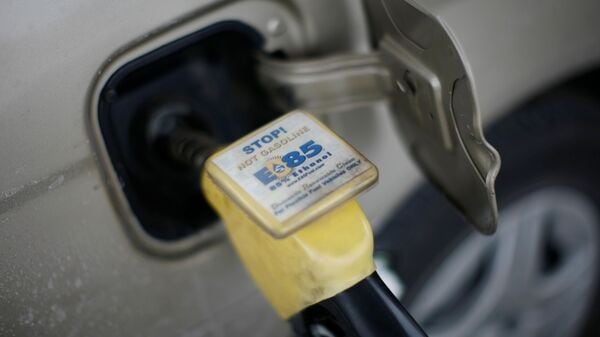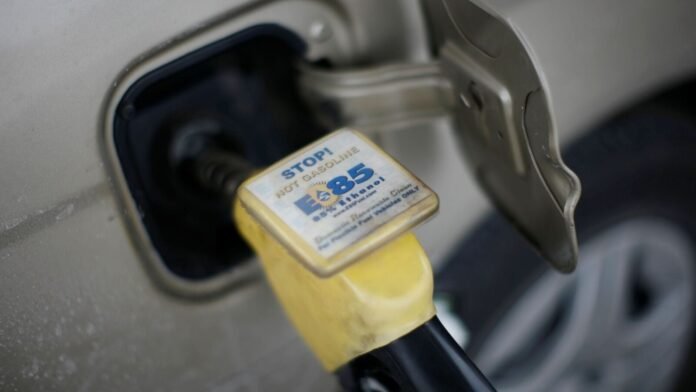India in June 2021 advanced the target for achieving 20 per cent ehtnaol blending from 2030 to 2025.

Despite making steady progress in raising the share of ethanol in motor fuels, it seems difficult for India to meet the target of 20 per cent ethanol blending in petrol by 2025. Currently, the Indian auto sector uses petrol with 8.1 per cent ethanol blending from five per cent a year earlier.
But to meet the target of using E20, the country needs to overcome several issues.
(Also Read: India needs to increase ethanol production three times by 2025 to meet E20 goal)
According to a recent report by International Energy Agency (IEA), India will find it challenging to implement its 20 per cent ethanol blending target in just five years. It also added that, despite the challenge, reaching even an 11 per cent ethanol blending target would make India the world’s third-largest ethanol market, just behind the United States and Brazil.
Indian Prime Minister Narendra Modi in June 2021 advanced the target for achieving 20 per cent ehtnaol blending from 2030 to 2025. The country has so far tripled its ethanol demand to an estimated three billion litres between 2017 and 2021, owing to the government’s continuous focus on cleaner and greener mobility.
Other challenges ahead of India’s way to meet 20 per cent ethanol blending in petrol include supply chain issues and vehicular technology. Vehicles in India since 2008 are made compatible with E10 and fuel-efficient compliant with E5. SIAM claims retrofitting the existing vehicles to make them compatible with higher blends is going to be a challenging task.
The Indian auto industry has invested a huge sum of money in shifting to BS-VI emission norms and also investing heavily in EV adoption. The Covid-19 pandemic and supply chain disruptions have resulted in the Indian auto industry facing massive losses. In such a scenario, it is going to be very difficult for the industry players to invest a huge amount of money for making the vehicles E20 fuel complaint. In such a scenario, meeting the target of E20 by 2025 could be a challenge for the country.
First Published Date: 31 Jan 2022, 01:21 PM IST
The above news was originally posted on auto.hindustantimes.com





